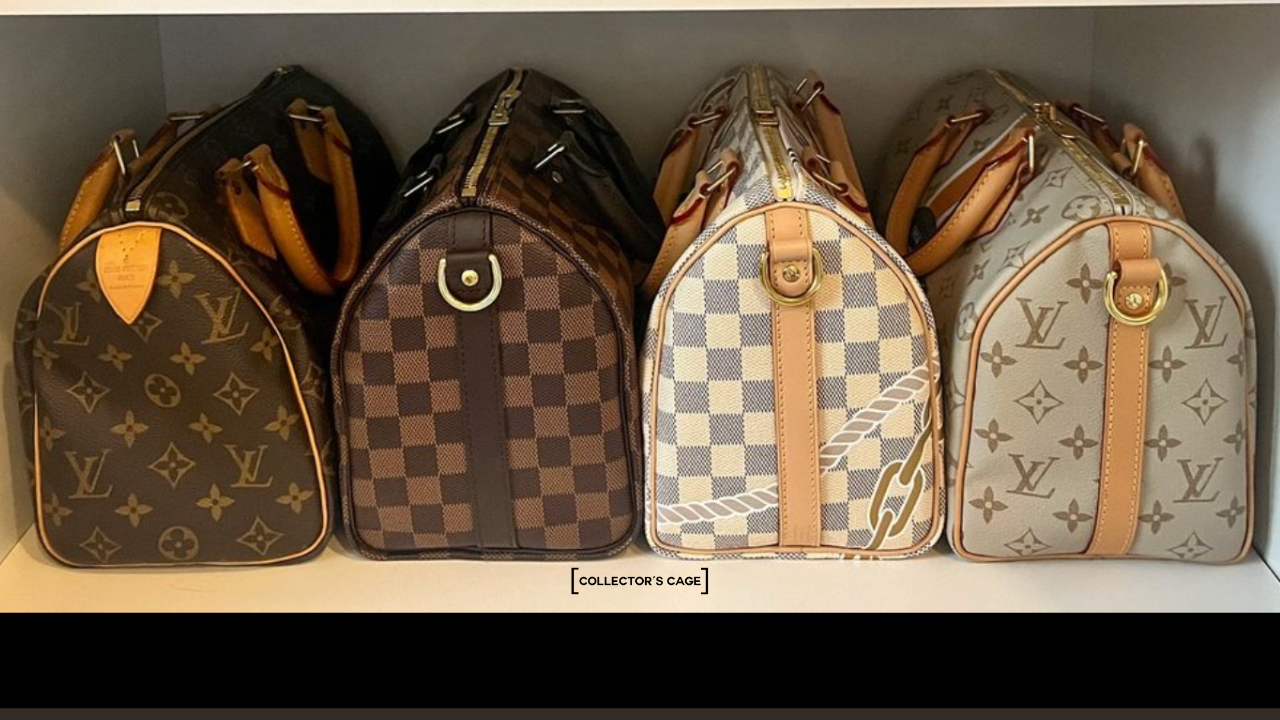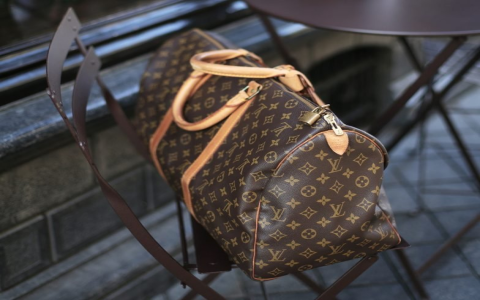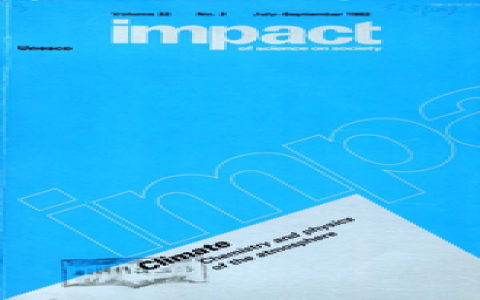So, I got this task to mess around with LV models, right? I’d heard about them, seen some fancy demos, but never actually built one myself. Time to get my hands dirty.

First things first, I needed to understand what the heck an LV model even is. I did some digging, reading a bunch of articles and watching some videos. It’s all about taking something, like an image, and squeezing it down into a smaller representation – a “latent vector” – and then being able to reconstruct the original from that tiny vector. Sounds like magic, but it’s really just clever math.
Getting Started
I decided to start simple. No need to go full-blown, state-of-the-art model right away. I grabbed a basic autoencoder example – that seemed like the easiest way to get my feet wet. The idea is pretty straightforward: you have an encoder that compresses the input, and a decoder that tries to rebuild it. The “latent vector” is what sits in the middle.
I used a dataset that I already had, it’s easy to build and no need complex operation. I fired up my trusty Jupyter Notebook and started coding. I used a pretty standard setup for this. Nothing fancy, just a few layers to squash the image down, and then a few layers to blow it back up.
The Training Process
Training was… well, it was training. It took a while, but that’s expected. The important thing was watching the loss function go down. That’s how you know it’s learning something. At first, the reconstructed images looked like absolute garbage, just blurry blobs. But slowly, gradually, they started to resemble the originals.
One thing I messed up at first was the learning rate. It was way too high, and the model was just bouncing all over the place. I turned it down, and things started to stabilize. Lesson learned: tiny steps are key!

Tweaking and Experimenting
>
Once I had a basic model working, I started playing around. I added more layers, changed the activation functions, tried different optimizers. It’s all about seeing what works and what doesn’t. Some things made it better, some things made it worse, and some things didn’t seem to do much at all.
- Added more layers: Made to improve results, but take much longer time to train.
- Changed activation functions: Some difference, not big, need to check more.
- Tried different optimizers: Some better, need to check more.
Results (Finally!)
After a lot of trial and error, I ended up with a model that did a pretty decent job. It could take an image, squish it down, and then reconstruct it with reasonable accuracy. It wasn’t perfect, of course, but it was definitely recognizable. It was my own creation, so I feel great!
This whole experience was a great learning process. I went from knowing practically nothing about LV models to actually building one myself. There’s still tons more to explore – different architectures, more complex datasets, fancier techniques – but I feel like I’ve got a solid foundation now. I can start to explore more about it in the future.




